10 Things You Need to Change to Live Longer, According to Dave Asprey

Do you want to live a longer and happier life? There is no better time than the present to make some lifestyle changes. Dave Asprey, Health Science Entrepreneur, Bestselling Author, and the "Father of Biohacking," is an expert when it comes to healthy but sustainable habits. He recently sat down with Body Network and answered one of our burning questions: How can we live a longer life?
Surround Yourself with a Loving Community
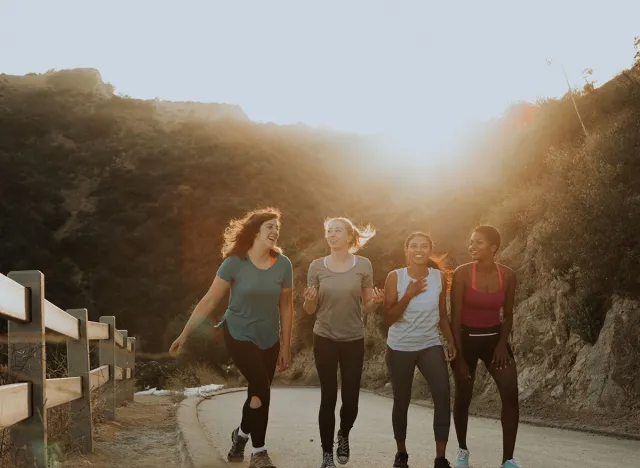
Asprey recommends starting by surrounding yourself with a loving community. "Studies show that those who have a strong social support system live longer. Be around people who lift you up and make sure you do the same for them!"
Eat More Animal Foods and Less Plant Toxins
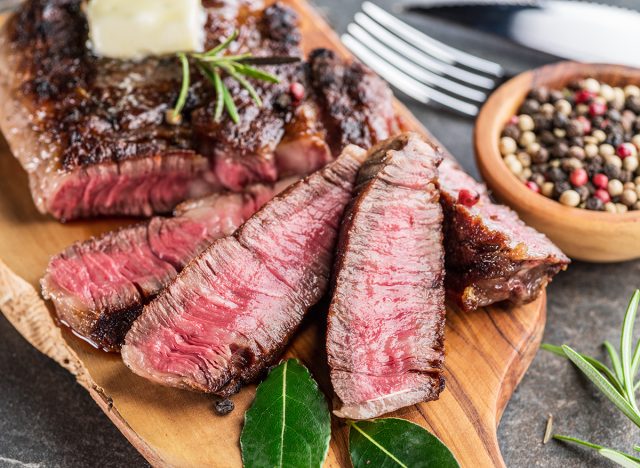
He also suggests eating more animal foods and less plant toxins. "Plants are out to get you. Most of them contain high levels of defense chemicals known as anti-nutrients. Certain plant toxins called oxalates form razor-sharp crystals in your body and deposit themselves in your joints and tissues, leading to a wide range of problems. Other antinutrients like phytic acid prevent you from absorbing minerals. This is a problem because minerals power every chemical reaction that goes on in your body!
Get Your Minerals

You want to have enough minerals to support your body in living beyond 180 years old and feeling great while doing it!" says Asprey. "The vitamins and minerals in high-quality animal foods are much more bioavailable (usable) by your body, and they don't come with a large dose of plant toxins that make you weak. Good animal foods include grass-fed and grass-finished beef, wild-caught seafood, pasture-raised eggs, and raw, grass-fed A2 dairy."
Eat the Right Types of Fats
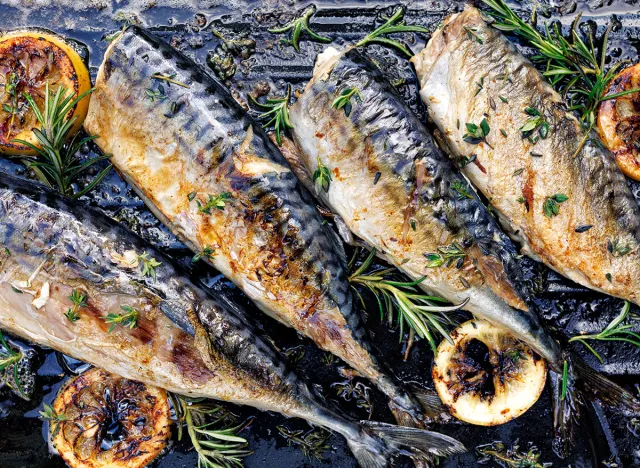
Asprey stresses the importance of eating the right types of fats. "Many health gurus wrongly demonize saturated fat. It turns out that your body uses saturated fats to make about 45 percent of the cell membranes in your brain and liver, and about 35 percent in heart and muscle cells," he explains. "Saturated fat is the dominant fat in your brain. Because they're the most stable type of fat, they help your body build stable cell membranes. You want stable cell membranes if you want to live a long time."
Ditch Seed Oils
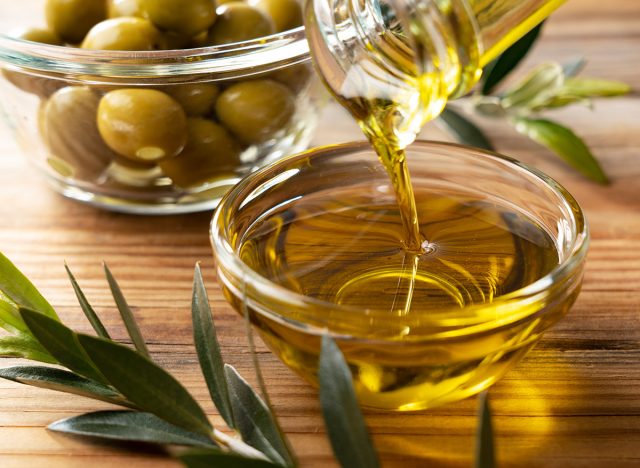
He recommends eating more stable fats and ditching seed oils like sunflower oil, canola oil, and soybean oil. "These are high in oxidized omega-6 fats, which cause inflammation in your body. I recommend getting most of your fats from grass-fed butter or ghee, grass-fed tallow, and MCT oil. The rest of your fats can include monounsaturated fat from extra virgin olive oil and omega-3s from grass-fed beef or wild-caught seafood."
Build and Maintain Your Muscle
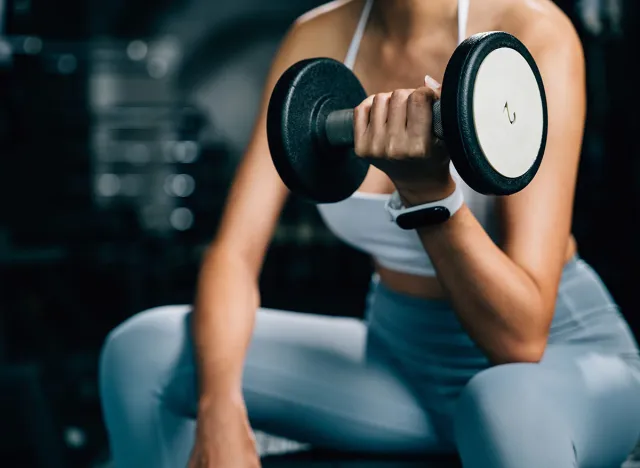
Next, work on building and maintaining your muscles. "Muscle mass is a predictor of longevity. To build and maintain muscle mass, eat 1 gram of high-quality protein per pound of ideal body weight per day and do resistance training," he says.
Fix Your Mitochondria
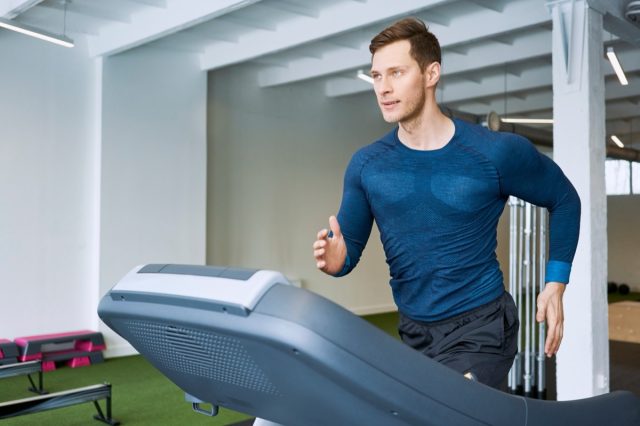
Also, you need to fix your mitochondria, says Asprey. "Your mitochondria produce energy for your cells and determine how your body allocates energy. When they're not working well, they create large amounts of inflammation. Inflammation is one of the main drivers of aging and disease," he explains.
Follow Anti-Inflammatory Diet

"You can fix your mitochondria by following an anti-inflammatory diet like The Bulletproof Diet, doing intermittent fasting, doing cold therapy (like a cold plunge), and practicing gratitude. Check out my book Head Strong for more biohacks to upgrade your mitochondria."
Don't Skimp on Sleep

Sleep is also crucial. "Lack of quality sleep doesn't just leave you tired and unable to perform at your best; it also rapidly accelerates aging," says Asprey. "When you sleep, your body repairs itself, and your brain goes through a natural detoxification process where it clears out neurotoxins and cellular waste. This is very important for preventing Alzheimer's disease, one of the "four killers" I outline in my longevity book, Super Human.
Use This Trick
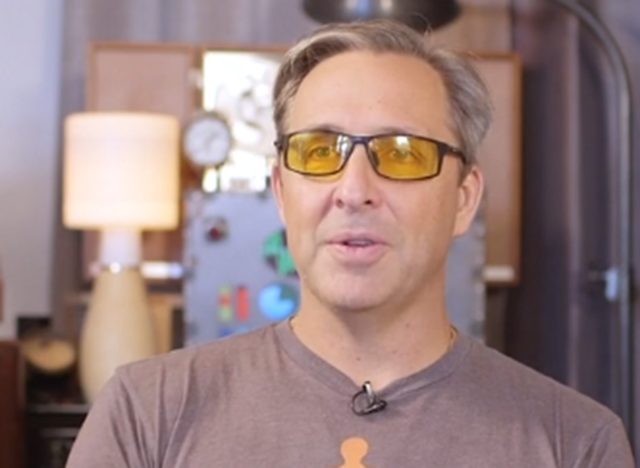
The good news? There are many things you can do to hack your sleep. "One of the easiest ones is to wear glasses that block junk light (the kind that messes with your sleep-wake cycle) a few hours before going to bed. This is a game-changer. I use the ones made by my company, True Dark. You can learn more sleep hacks by joining my free 14-day Sleep Challenge. Sign up at sleepwithdave.com."
Change Your Stress Response

Changing your stress response will also improve your life. "Holding on to past triggers and traumas not only causes you unnecessary stress, but it also makes you old. When your body is chronically stressed, it allocates all your available energy to dealing with fear, instead of using it to digest your food, repair your tissues, or make compounds that promote longevity and health," he says.
Let Go of Triggers

"Let go of triggers with forgiveness and gratitude in a technique I call The Reset Process. You can find this outlined in my newest book, Smarter Not Harder. It turns out you can let go of triggers a lot faster with neurofeedback, which is why I started my neuroscience facility called 40 Years of Zen. It gives you the benefits of 40 years of meditation in just 5 days."
Fast…the Right Way

Fast the right way, urges Asprey. "I have always been a big fan of fasting, but most people do it the wrong way. This is why I wrote a book about it called Fast This Way," he says. "It's a roadmap for fasting success. One of the biggest mistakes I see is people over-fasting. I call it 'The Fasting Trap' where you think: 'Fasting is good, so more must be better!' However, more isn't always better when it comes to fasting," he explains.
Too Much Fasting Could Affect Your Hormones
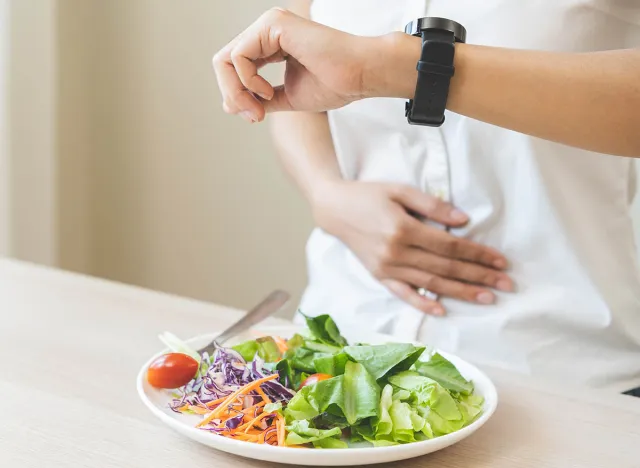
"Too much fasting can stress your body and throw your hormones out of whack – especially if you're a woman. It's perfectly okay to have breakfast some days (just make sure it's full of high-quality fats and proteins, not sugar). Studies show that even just a 12-hour overnight fast has meaningful benefits."
RELATED: 7 Things You Should Never Do on a Diet
Take the Right Supplements
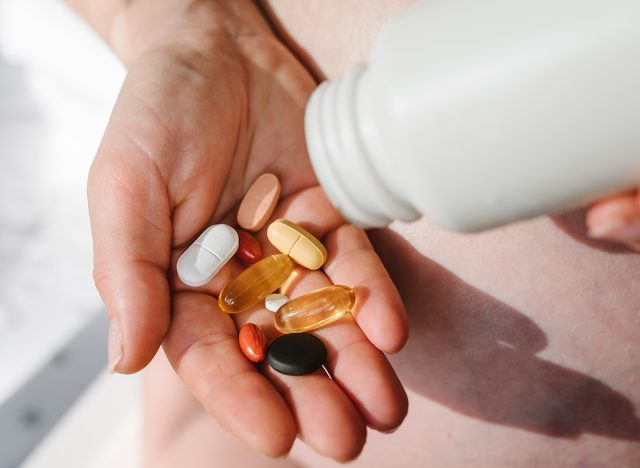
"Taking the right supplements will power up your cells so you can live beyond 180," Asprey claims. "Before you go for the fancy stuff, start with the basics. The two supplements that everyone should be taking are a mineral complex and vitamin DAKE (fat-soluble vitamins D,A,K,and E)," he says.
We Are Mineral-Deprived

Asprey adds, "As I stated above, minerals are crucial because they power every chemical reaction that happens in your body. Vitamin DAKE shuttles minerals around your body so they go where they need to go. However, almost everyone in America is deficient in one or more minerals, so this is important."
Get Data and Track It

Finally, he recommends getting data and tracking it. "The important thing to know about longevity is that it isn't a one-size-fits-all approach. That's why I don't share my exact supplement routine – what works for me won't work for you. Before you embark on your longevity journey, get useful lab data to know what your body needs and what it doesn't. Then you can personalize your journey to get results specific to YOU," Asprey explains.
RELATED: I'm Over 50, and These Are My Top Tips For Toned and Muscled Arms
Don't Be Afraid of Using AI

"This is so important to me that I created a powerful online platform called Upgrade Health to help you find your unique health recipe. This is an exciting, cutting-edge tool powered by AI that makes personalized recommendations on different biohacks, supplements, and more that you can do to improve your health and longevity based on wearables and lab data. The best part is that you can order the labs that you want without having to go to the doctor or deal with an insurance company. The core idea is to provide people with the information to be their own health advocate. You can sign up at upgradehealth.com." And if you enjoyed this article, don't miss 12-3-30 Walking Method: 20 Proven Tips to Lose Weight Faster.




